Energy transition in rural areas open up opportunities for municipalities
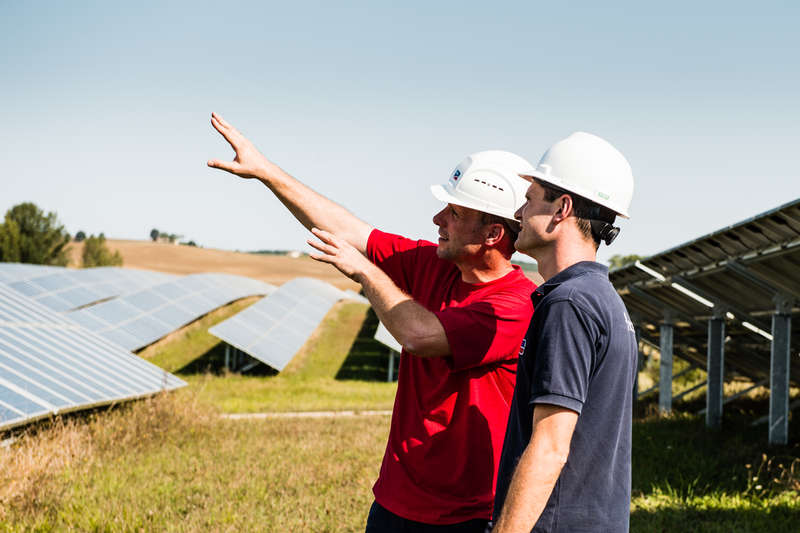
Many small rural municipalities harbor enormous potential for the energy transition. The share of renewable energies can continue to increase if the existing infrastructure is further expanded and modernized. In these municipalities, waste heat and water can also make a bigger contribution to the energy supply.
Rural districts, just like their urban counterparts, already have public service infrastructure in place. This includes electricity, gas and in some places also heat grids, sewer systems, buildings and a transport infrastructure. The expansion of renewable energies and investment in municipal infrastructure can tap into local renewable energy reserves, and these can be used to generate green electricity or heating/cooling. Wind and solar energy, geothermal energy, solar thermal energy, biomass and the use of waste heat and waste water are all playing a part in creating a decentralized energy supply in municipalities, strengthening the regional economy and supporting the achievement of municipal climate change targets.
Rural municipalities making use of local energy potential
According to calculations, Germany will need to be producing around 750 terawatt hours of green electricity by 2030 to meet its target of climate neutrality by 2045. That means it will need to more than double its current quota of renewable energies within the space of a few years. The accelerated expansion of PV and wind turbine systems will play a pivotal role in this. Indeed, 215 gigawatts of newly installed PV output alone would be needed between now and 2030 to cover the demand for solar power. But how can this be achieved?
The hunt for suitable land for PV expansion is bringing about some attractive opportunities for rural regions. After all, these municipalities boast a variety of land, including residential and commercial areas, agricultural land, public green space, transport infrastructure, woodland and nature conservation areas. In addition, they have numerous administrative buildings such as hospitals, town halls, administrative offices for citizens, schools and daycare centers, police stations and a whole host of other facilities allowing them to carry out public sector duties. These municipalities thus also have buildings and rooftops that can be used to produce their future energy supply.
The role rural municipalities can play in the energy transition
Rural municipalities with their municipal administrations thus have the ability to play a key role in shaping the energy transition in rural Germany. They possess sovereign powers, play a part in enforcing laws and regulations, and are able to set up incentive programs, provide information, foster partnerships or take part in model projects. They often employ energy and climate change mitigation managers as expert actors who are involved in coordinating processes and projects or organizing networks.
Their proximity to local citizens also allows them to involve citizens in these processes at an early stage and let them cooperate in the planning and delivery of energy transition projects. Directly involving local citizens, municipal representatives, landowners and local businesses increases acceptance and can help prevent possible conflicts of interest.
Example: Citizen-generated energy
Renewable energy communities and citizen energy communities
The defining characteristic of a renewable energy community is citizen participation in energy transition projects that involve the collective implementation of measures to generate and use renewable energy. This can encompass different areas including electricity, heating/cooling, transportation and the use of waste heat, although many renewable energy communities in Germany are set up for PV and wind energy project undertakings.
Renewable energy communities are limited to local and regional areas and make use of local distribution grids or the medium-voltage range of the utility grid. By contrast, citizen energy communities can extend beyond local and regional communities and also involve transmission grids. In this case, participation is not restricted to a particular location.
Citizen energy communities are created for the purpose of collectively generating, using, storing or selling energy, and they focus on the power sector.
Citizen energy communities exist in many legal forms, including associations, cooperatives, partnerships, non-profit organizations and corporations.
There are many different ways of participating in energy communities in general. For instance, citizens can even become co-owners of an energy community by acquiring cooperative shares. They can also get involved in initiating and planning individual projects. These participation options are also open to municipalities, municipal institutions and local businesses alike with the aim of making an active collective contribution to the energy transition.
Municipal players in the energy transition
Energy transition projects are complex undertakings. They require sufficient lead time, a strategic approach and strong communication skills. Before specific steps can be planned, targets must be clearly defined. An effort must also be made to engage the relevant stakeholders early on. In rural municipalities, these include municipal administrations and their individual departments such as underground construction, building construction, climate change mitigation and environmental protection, heritage protection, green spaces, properties, forestry, traffic management and finance. It is equally important to get local politicians and political bodies such as the local council on board. They grant approvals, for example, or pave the way for financial contributions and subsidies.
Municipal utilities, primarily public utility companies but also water suppliers and residential housing developers, are every bit as important in the planning of energy transition projects. Grid operators and other power supply companies also play an instrumental role.
Local citizens in rural municipalities can become actively involved through energy communities or citizens’ groups. Environmental associations, schools and education institutions educate people and share information on sustainability and the energy transition. Local businesses and tradespeople can be a part of the supply chain and create added value.
What to look out for when planning energy transition projects
Creating a project plan for an energy transition project first involves some preliminary work. The following steps are helpful pointers for developing an energy transition project:
- Precisely define the objectives to be achieved with the energy transition project
- Ascertain the current local energy supply situation with the help of a SWOT analysis (strengths, weaknesses, opportunities and threats)
- Check out the legal framework and funding landscape
- Identify the relevant stakeholder groups and establish networks to support the projects (stakeholder management)
- Select appropriate technology and assess its suitability
- Perform profitability analyses
- Determine funding requirements and explore investment opportunities
- Estimate risks and evaluate them by way of a risk analysis
- Formulate a project plan comprising activities, deadlines, persons responsible and responsibilities
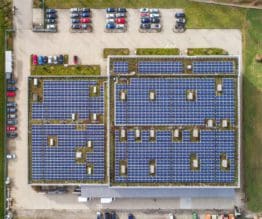
Five reasons for the local energy transition
Achieve energy autonomy
Leveraging local renewable energy sources entails restructuring the power and heat supply system. While this may require a considerable willingness to invest at first, it will eventually give rural municipalities a future-proof energy supply and enhance their energy autonomy in the process.
Combine solar energy and heat
Rural municipalities can use their green electricity to supply heat as well. The locally generated renewable energy can also be used to supply heating, cooling and warm water through the use of heat grids, heat pumps, buffer tanks, green cogeneration or geothermal energy. This also benefits municipal properties such as town halls, community centers, schools, daycare centers and hospitals. Waste heat from industrial and commercial units and residual heat from sewage treatment plants are also ideal sources for a renewable heat supply that avoids CO2 emissions.
Enable eco-friendly charging for electric vehicles
Municipalities can use the electricity from renewable energy installations to charge electric vehicles. This supports the transport evolution in rural areas and reduces emissions. PV systems on the roofs of municipal buildings or properties, for example, can supply electricity to charge employees’ company cars, electric-powered public transport vehicles or commercial vehicles.
Energy storage for a 100%-renewable energy supply
Energy storage systems are vital in order to make an energy supply from renewable energy sources cost-effective. They store surplus energy, compensate for fluctuations and can bridge short-term troughs in renewable energy production. They can also form part of a municipal energy project.
Reduce CO2 emissions
Municipalities can accelerate the expansion of renewable energies by taking an integrative approach and engaging municipal companies, other regional stakeholders and local citizens. At the same time, this also enables them to carry out vital upgrades to their infrastructure, which in turn has a positive impact on their emissions balance and in terms of reducing their CO2 emissions.
Summary
The local energy transition is giving rise to development opportunities for rural municipalities. It has the potential to boost regional value creation and regional economic activity and be a driver of innovation and job creation in rural areas. Participation options such as energy communities increase acceptance, transparency and co-determination for energy transition projects. Soft factors should not be underestimated either. Putting the energy transition in the hands of local citizens can have a positive impact on the sense of community and, in turn, improve solidarity.

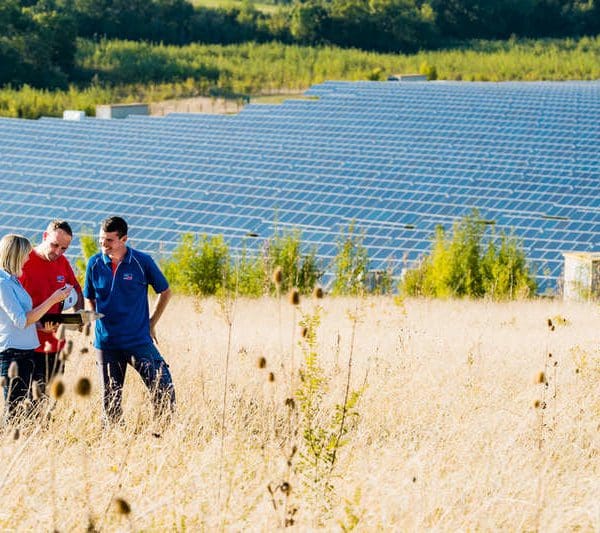
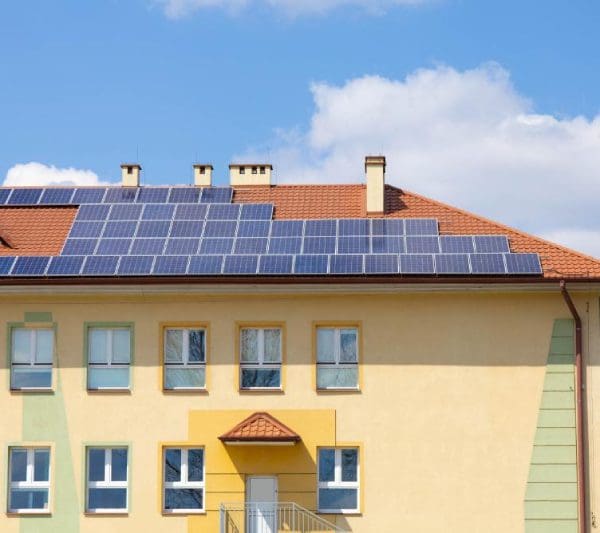
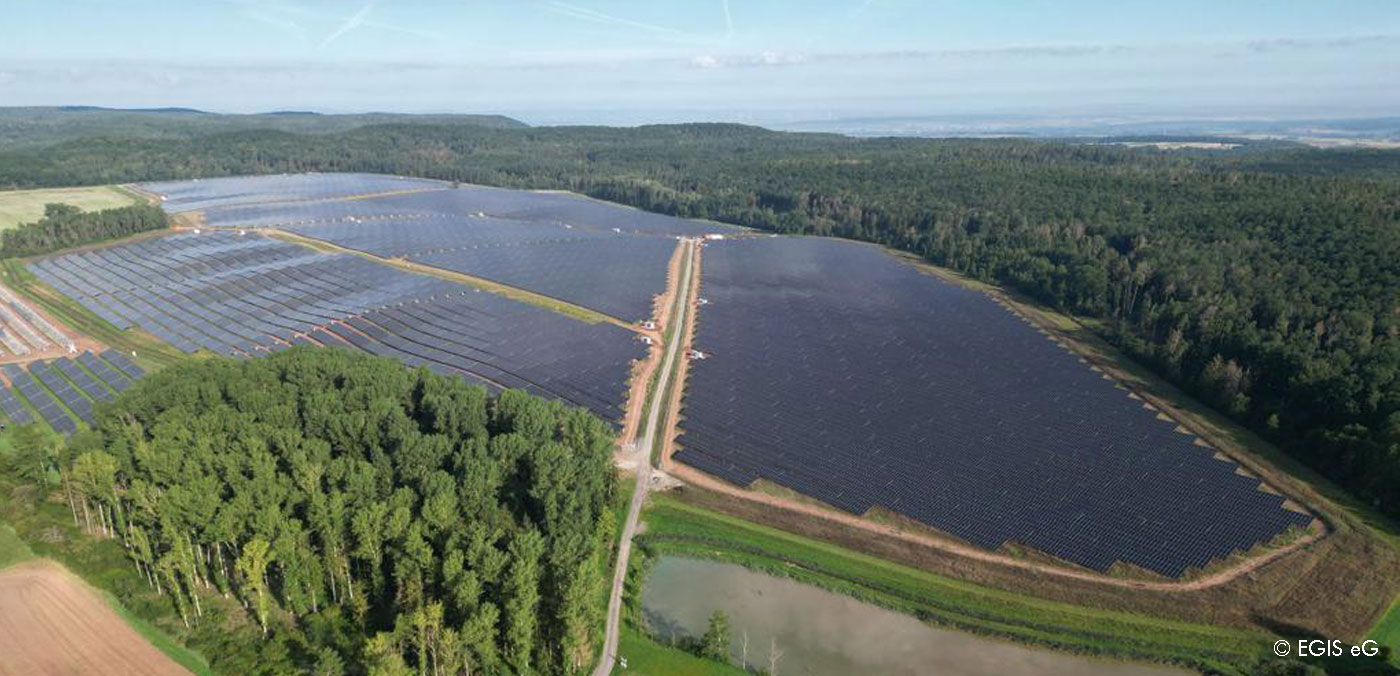
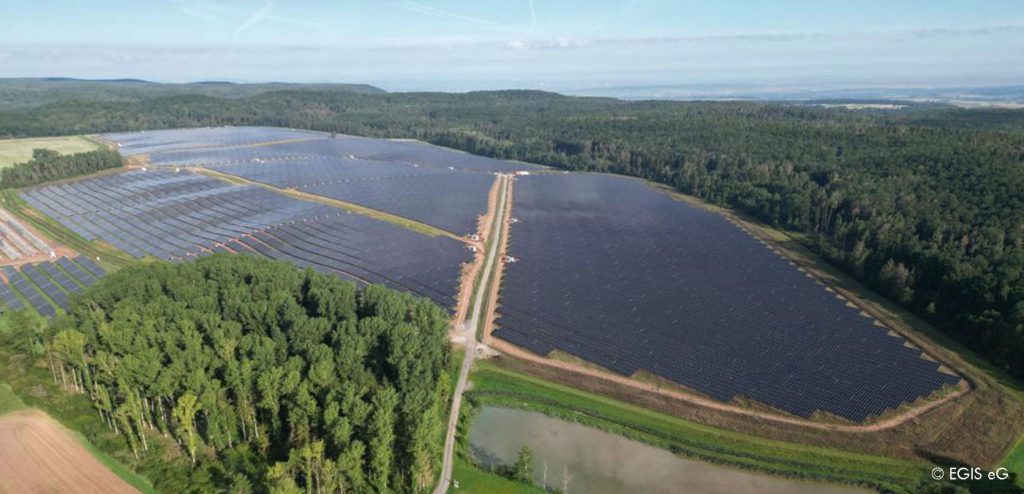
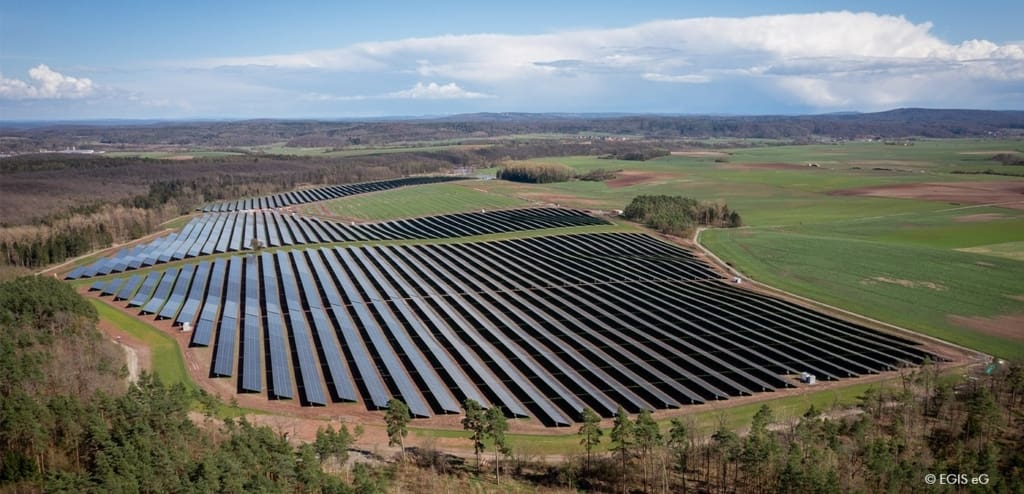
Feel free to contribute!